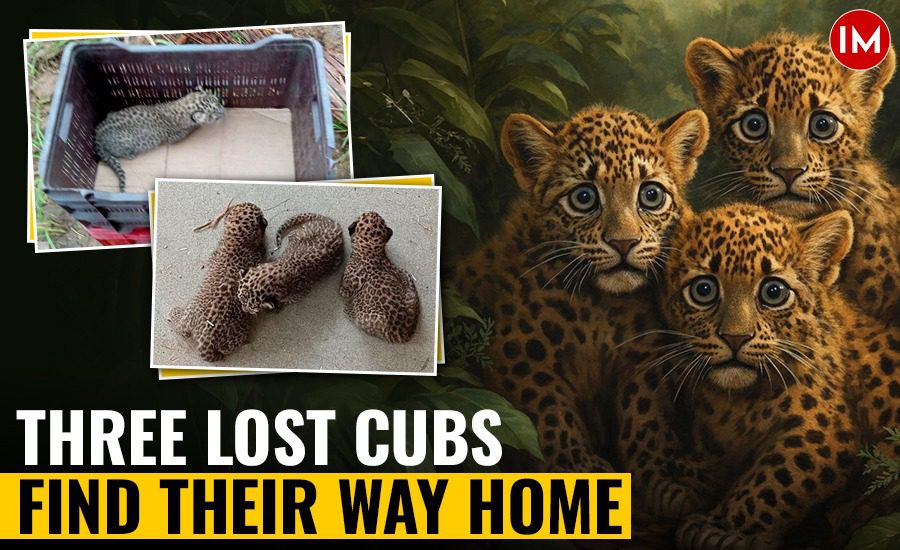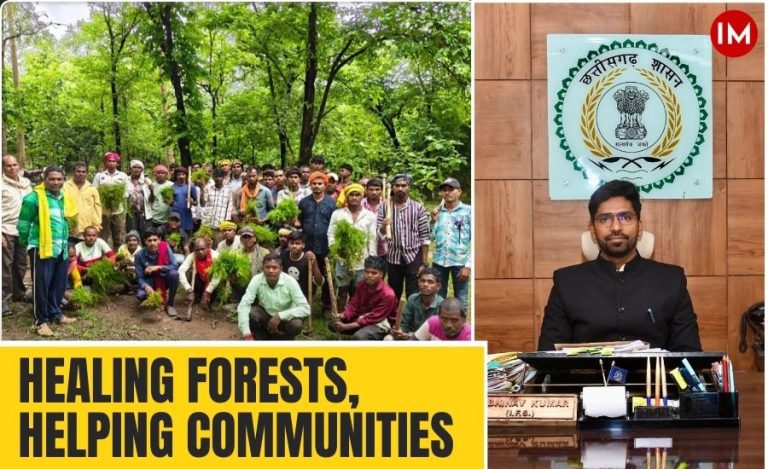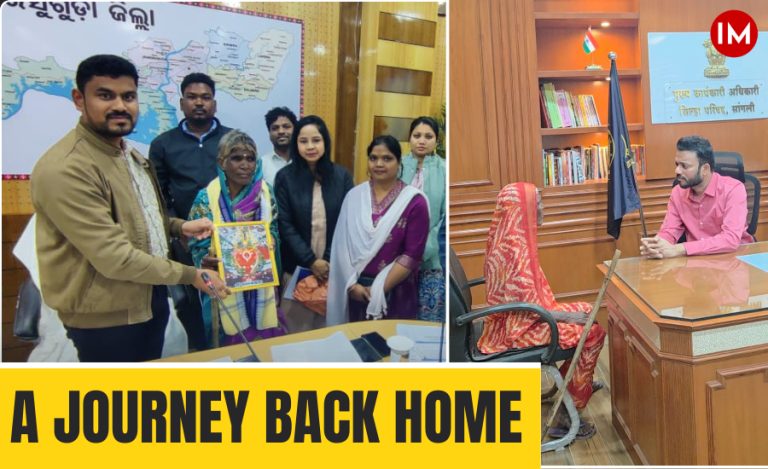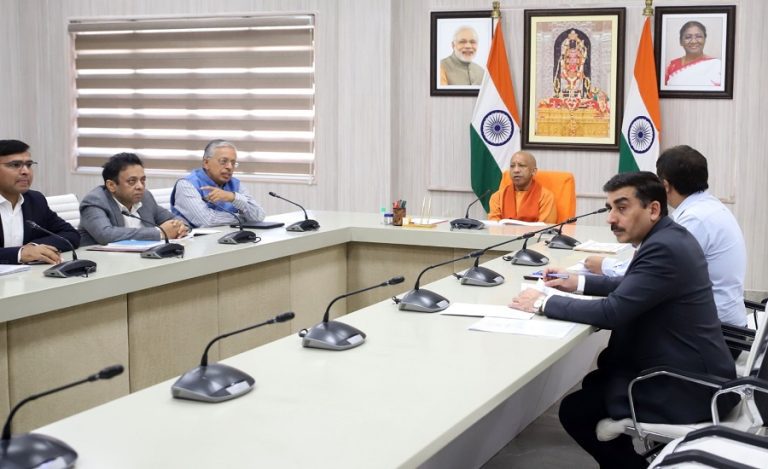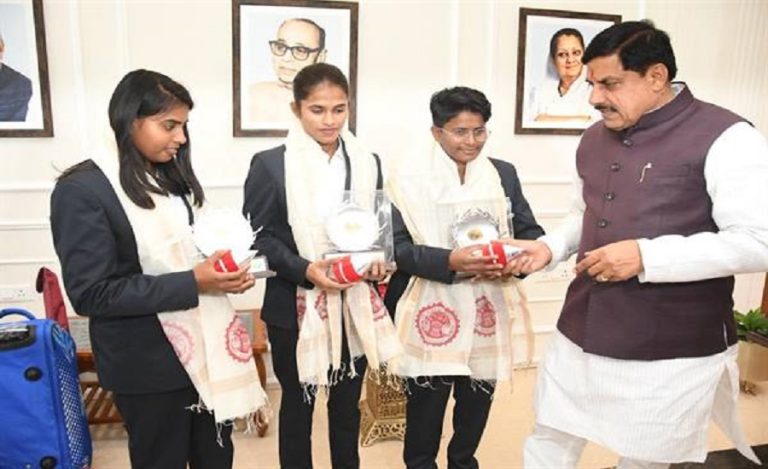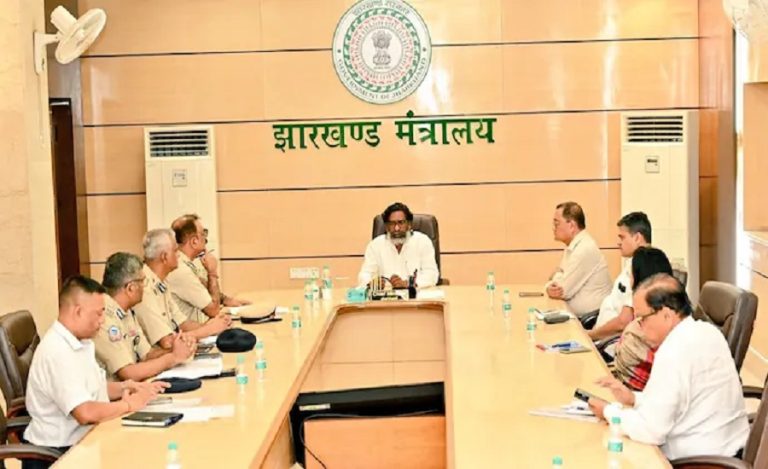It was an ordinary October afternoon in the Bediganahalli village of Channarayapatna taluk, Hassan district, Karnataka, when Deputy Range Forest Officer Shankar K N and Beat Forest Officer Lokesh H K, received a call that would set off a remarkable chain of events.
During sugarcane harvesting, farmers discovered three tiny leopard cubs abandoned in the field. Noting how unusual it was to find cubs separated from their mother at this time, the villagers informed the forest department, who immediately reached the spot.
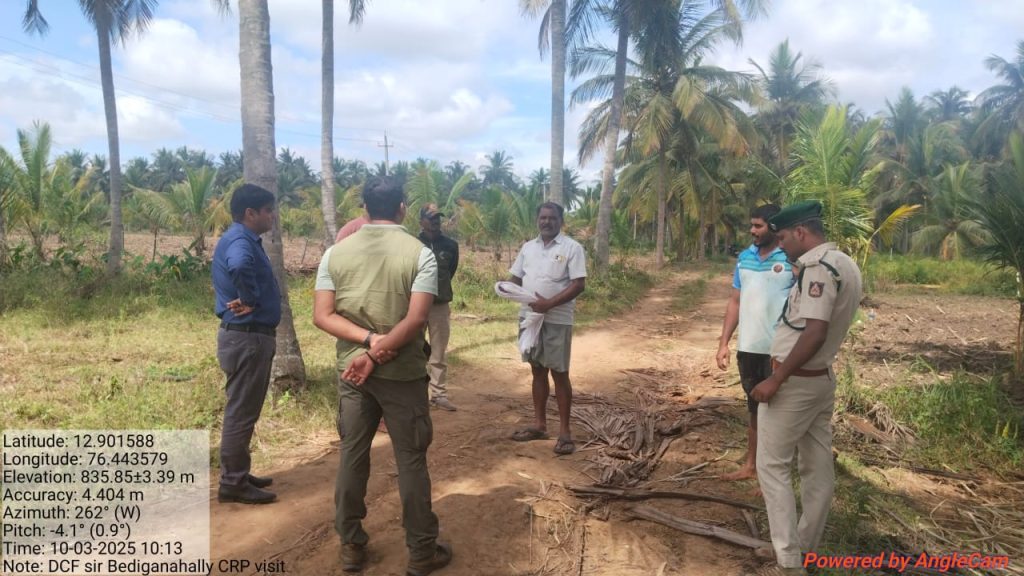
The farmer had already touched the cubs, thus marking their human scent on them, unaware of the delicate situation and the fact that mother leopards may tend to disown their cubs if they find any human interference. Forest officers swiftly took custody of the cubs and instructed the villagers to stop harvesting. Every second counted, and any kind of disturbance could cost the lives of the little ones.
Indian Masterminds exclusively spoke with the officers to learn more about the beautiful rescue and reunion story of the mother leopard with her three tiny and fragile cubs.
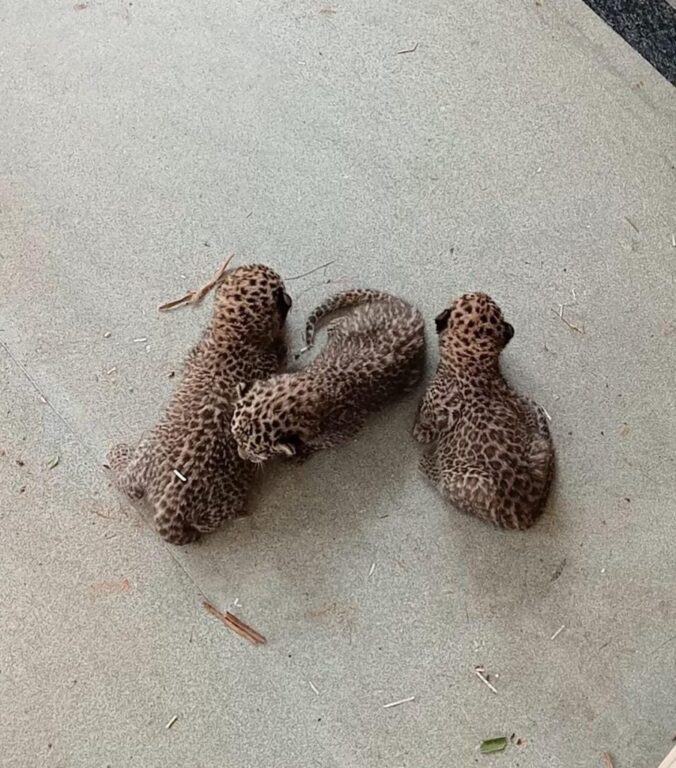
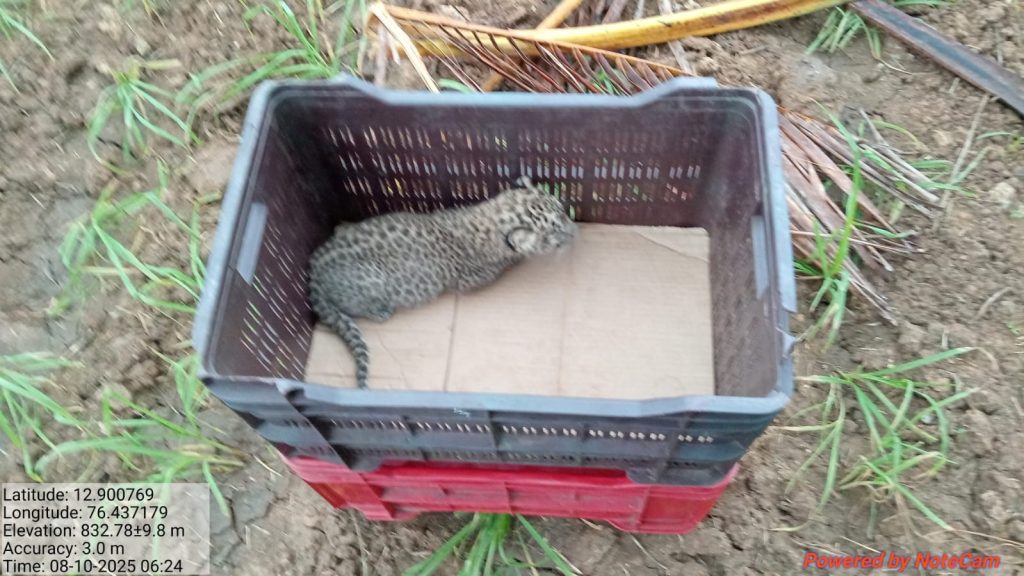
CRATES, CAMERAS, AND NIGHTTIME VIGIL
That evening, the cubs were placed in tomato trays, with six GSM camera traps tied around to monitor every movement. The officers waited, tense with anticipation. By morning, only one cub had been reclaimed by the mother. A couple of days later, she returned and took away the second cub with her.
But one twist added tension: during one attempt, a cub accidentally wandered into the crate while another stayed outside. Only the cub outside was taken, leaving the team anxious for the remaining baby.
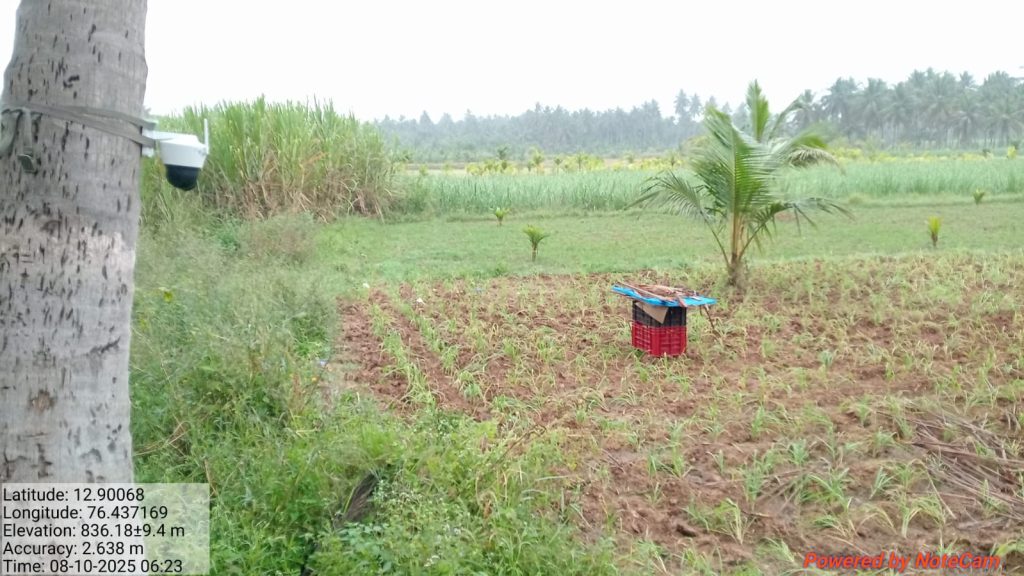
During this period, the officers made another difficult decision. The cubs were taken home for care. Leaving them out during the day could dehydrate them, and keeping them unfed risked starvation.
“One day, because we fed the cub, it didn’t make any noise, so the mother didn’t come,” Shankar explained. “We decided not to feed it in the afternoon, and with a heavy heart, encouraged its cries to guide her back.”
Every decision was a balance of instinct and observation, ensuring the cubs stayed healthy while respecting the mother’s natural behaviours. DCF Saurabh Kumar added, “If a human intervenes too much, the mother may not return. We had to act with patience, common sense, and passion.”
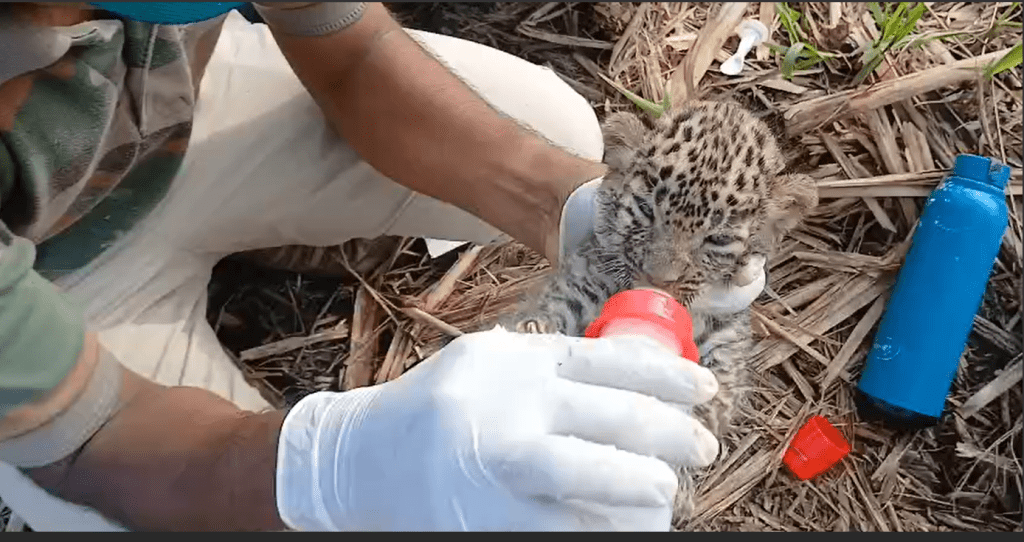
A CHALLENGE AWAITS
After 4 days of dedicated care and careful observation came the heartbreaking realisation: the mother failed to come for the last cub.
It was a challenge that required extraordinary effort. DCF Kumar joined the mission. A dog squad from Bhadra Tiger Reserve was deployed, tracing the mother’s pug mark over more than a three-kilometre radius. Fresh pugmarks led them to a location roughly one kilometre away, where the thermal drone was used to locate the mother in a sugarcane field.
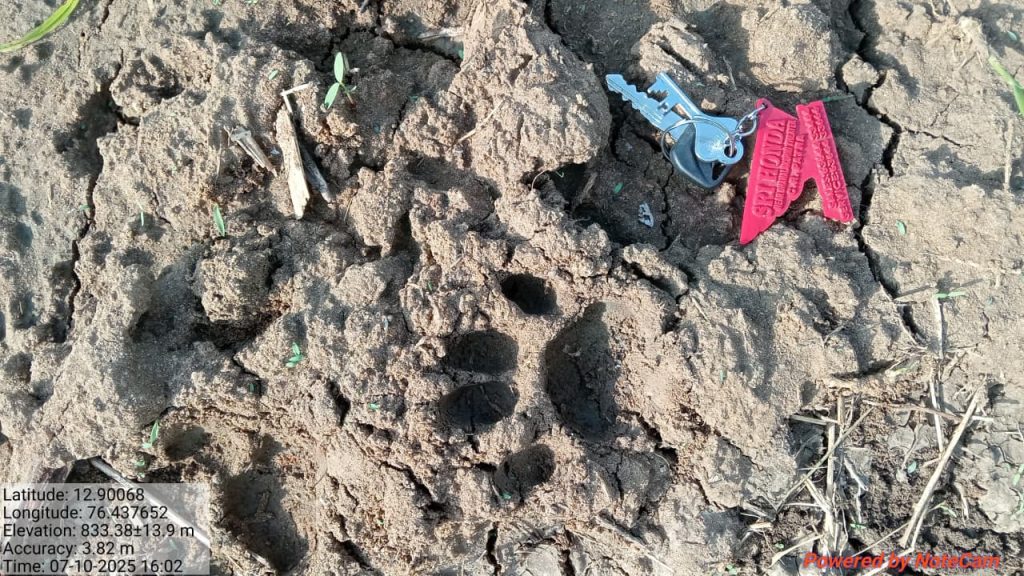
THE FINAL, EMOTIONAL REUNION
With the mother located, the team shifted the lone cub to the new site. That evening, at 6:30 PM, the mother finally arrived to reclaim her third baby. The reunion was nothing short of magical: three cubs, one by one, were back in the embrace of the mother. “By evening, unlike before, the mother came and took her cub,” Shankar said, his voice filled with emotion.
In the span of seven days, a meticulous combination of patience, strategy, and compassion had saved three young lives. Each cub was accounted for, healthy, and now inseparably reunited with the mother. The villagers who had inadvertently discovered the cubs became witnesses to a profound moment of trust and understanding between humans and nature.
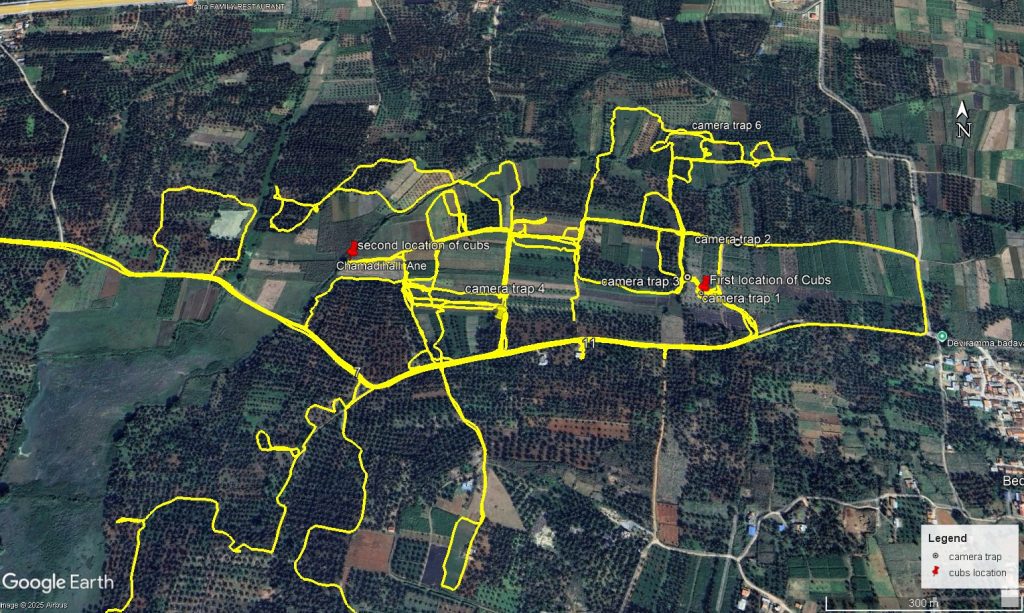
LESSONS IN CARE, PATIENCE, AND RESPECT
The officers’ efforts extended beyond mere rescue. Each decision – when to feed, when to remain silent, when to use crates and when to use camera traps – was guided by a deep understanding of wildlife behaviour.
In the end, it was not technology alone that brought success. It was empathy, respect, and the commitment of those who understood the delicate rhythms of the wild. The mother now roams freely with her cubs, her trust in humans silently honoured, a reminder that sometimes the greatest acts of heroism are measured in patience and love.

